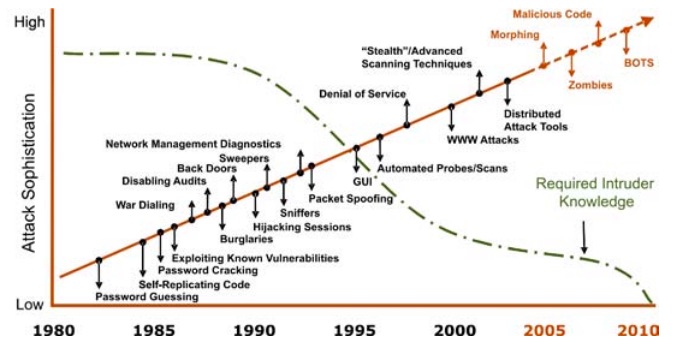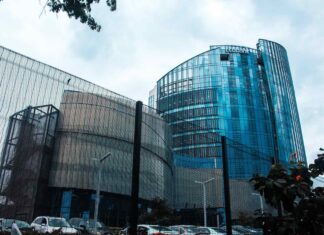The oil and gas industry might seem to be inflexible, resistant to change and conservative. Rapid technological development used for shale gas extraction (fracking) might change your opinion. In the span of last 5 years, the efficiency has improved by over 500%. The industry is starting to adopt new technologies and at much faster pace than before. The 2018 Blockchain, IoT & Machine learning in Oil & Gas Canada conference was a proof of that. Industry leaders, financial companies and entrepreneurs presented use cases of blockchain, smart ledgers, IoT and machine learning (AI) to solve real life problems in drilling, resource management, factories, refineries and transportation.
Here are some of our favourite use cases, information and questions from the conference.
Five stages of the Internet of Things
The process towards the maturity of IoT as a technology can be broken down into five stages:
1. Device connectivity
Devices have internet connectivity and data is collected. Adding sensors and intelligence to equipment requires investment but doesn’t produce business benefits. A system that performs some type of monitoring or analysis is required to extract value from the data.
2. Data monitoring
Real-time presentation and visualization of collected data. A common example for industrial equipment is maintenance based on collected data and the monitoring of system conditions. It improves operational efficiency and reduces service costs.
3. Data analytics
Machine learning and complex analytics are used to develop device models (digital twins) and to gain insight about equipment performance.
4. Automation
Development and execution of rules to automate business such as in inventory, support or service ticketing systems. Rules can be enabled for improved safety as well. If the system recognizes a specific set of conditions, it can shut a machine down without waiting for a control room operator to respond.
5. Edge computing
Data processing should be performed on or very close to the connected equipment. This needs to be done in addition to functions performed in gateways or in the cloud. Data is not moved to the logic environment, but on-board intelligence brings the logic to the data.
Source: IoT-Journey-Whitepaper
Why are companies investing in IoT?
Data utilization is very low – from vast amounts of collected data, only a small portion is truly utilized. Analyzing operation data can give more accurate and on time information about operation efficiency. Non-productive time is expensive – when a production line, pipeline or part of a refinery has to be shut down due to instrumentation failure, this has a negative inpact on production. IoT could predict or point out possible failures before they happen.
How to secure against the next cyber attack?
The threshold of required skills for exploits are lowering

Source: Roadmap to Secure Control Systems in the Energy Sector
Multiple different approaches used by companies, ranging from using standardized best practices to the usage of machine learning as a security ‘immune system’. In the former case the advances in unsupervised machine learning and Bayesian probabilistic mathematics are the foundation for self-learning cyber defense systems. The self-learning defense system follows the path of learn, detect, investigate and respond.
Why use a blockchain in a ledger?
Accounting/financial companies are starting to use blockchain technology for smart contracts and distributed ledgers to settle disputes. In oil and gas, part of the business has been assets royalty management. On February 2018 a royalty payment using a distributed ledger running on a blockchain was executed. This marks the be of blockchain commercial usage in oild and gas in Canada.
A note on blockchain
The current goal of Ethereum is to transit from a “proof of work” mining model to “proof-of-stake”. This should decrease Ethereum’s energy requirements by 90%. The Canadian government is exploring the usage of blockchain technology (Ethereum) in the transparent administration of government contracts.
A new consensus algorithm called Hashgraph based on “Gossip about Gossip” and “Virtual Voting” was developed by Swirlds.
The future of drones and autonomous vehicles
One of the most impressive presentations we attended was Blockchain, Drones and Autonomous Transportation: How to Manage the Legal Risks and Reap the Benefits. If you are curious about what we can xpect from the drone industry by 2025 or you want to see the roadmap of autonomous vehicles by 2070, read our detailed article:The Future of Drones and AVs. Oil and Gas will be one of the main commercial sectors to start using drones and driverless cars.
Final quote
“I skate to where the puck is going to be, not where it has been.”
Wayne Gretzky
Photogallery from the 2018 Blockchain, IoT & Machine learning in Oil & Gas Canada conference
Check more information on Facebook Page Energy Conference Network.
Author: Radovan Jablonovsky














